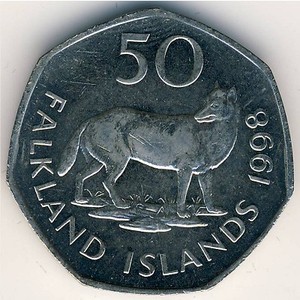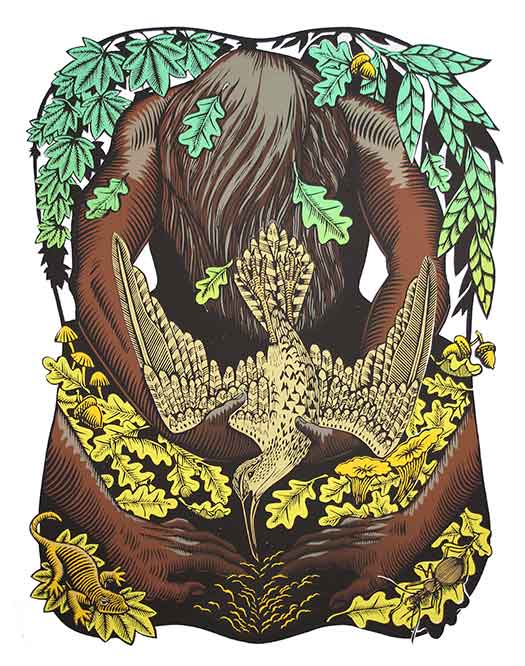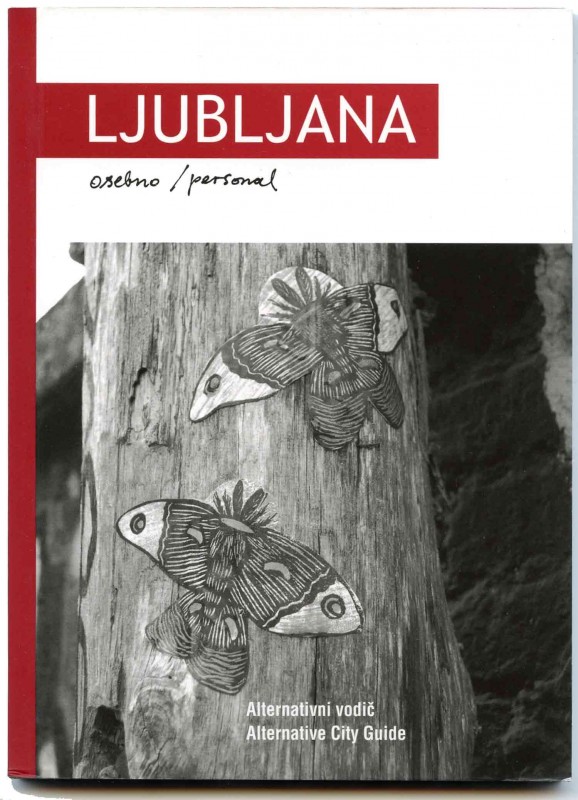
Islands: they’re good places to show up at if you are looking to evolutionarily diverge. If your species manages to arrive at an island with no native predators on it, you stand a pretty good chance of radiating spectacularly into a variety of odd forms. Charles Darwin saw this phenomenon, called biogeographical isolation, at work in the Galapagos Islands among the finches he made famous. Later on in his journey he came to another group of islands, equally remote, but with a resident animal that puzzled him greatly, and which continues to confound modern biologists. That animal was the Warrah, or Falkland Island Wolf.

The Warrah had very long legs and a thick tawny coat with a white neck and a white tail tip. Like many animals on remote islands, it had no innate fear of humans as implacable predators.
Darwin wrote: “These wolves are well known, from Byron’s account of their tameness and curiosity; which the sailors, who ran into the water to avoid them, mistook for fierceness.” Indeed, the Warrah was so tame that they were hunted by men with pieces of meat in one hand and knives in the other. Predictably, within not a great period of time after Europeans showed up, the Warrah was extinct.
What’s really interesting about this beast is summed up in another quote from Darwin: “As far as I am aware, there is no other instance in any part of the world, of so small a mass of broken land, distant from a continent, possessing so large a quadruped peculiar to itself.”
He had noticed this phenomenon often during his travels- distant islands were likely to have complex fauna of birds, reptiles, spiders, and insects, but mammals were rare and large mammals almost impossibly rare.This is due to the difficulty mammals have in crossing broad open spaces of water. For such a remote land-speck to bear a population of large carnivores is mysterious in the extreme.
What’s the explanation? There isn’t one. DNA tests say that Warrahs were related to South America’s Maned Wolf, another leggy fox-like canid. Some suggest that the Warrahs came over to the islands with natives, which presumes that they didn’t arrive until human settlement of the Americas. Unfortunately for that theory, the above-mentioned DNA testing confirmed that the last common ancestor of Warrahs and Maned Wolves lived over 70,000 years ago. Ice bridge? Ice raft? Not likely, say scientists, who also note the very low chance of a large carnivore surviving an Ice Age on such a teeny bit of land, especially one with no other mammals on it- not even rats or mice.
The Warrah remains a mystery. Marooned in the Atlantic, they vanished swiftly after the arrival of Europeans. How they accomplished their unequalled feat of mammalian migration is unknown.







